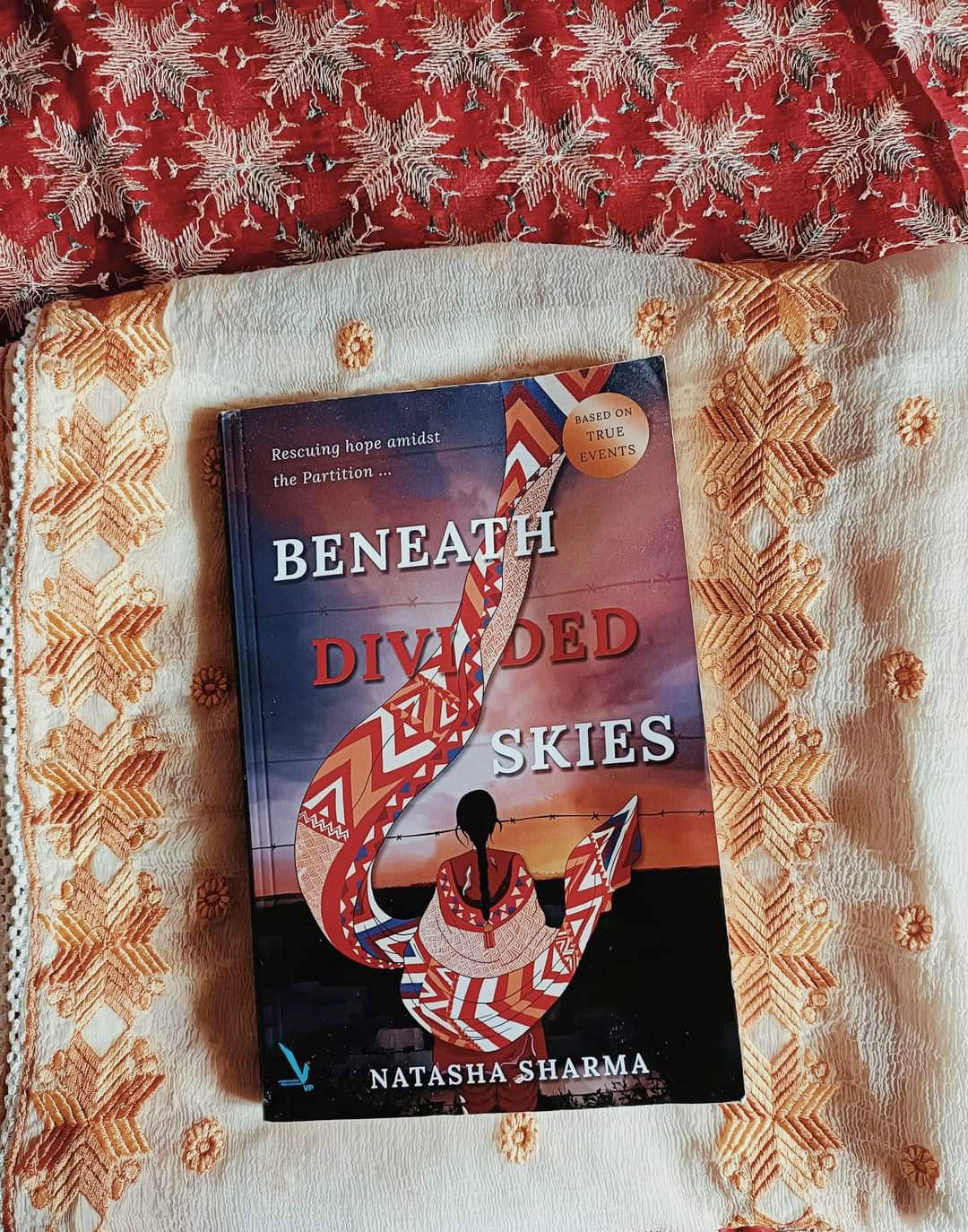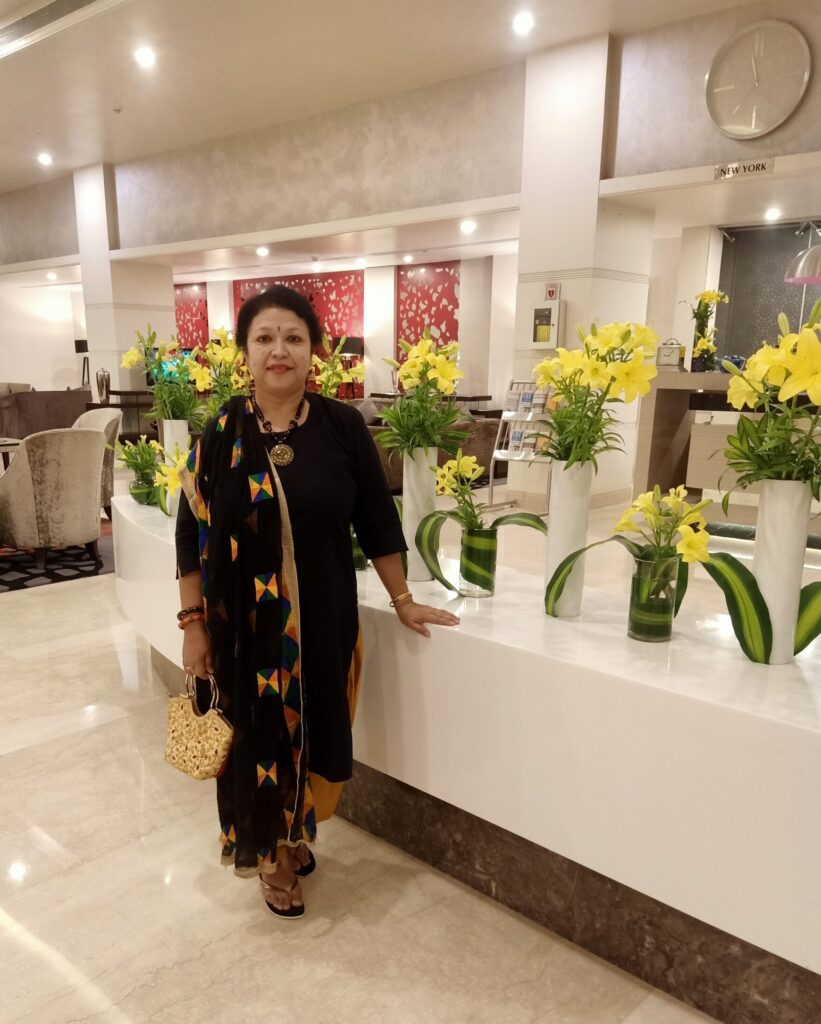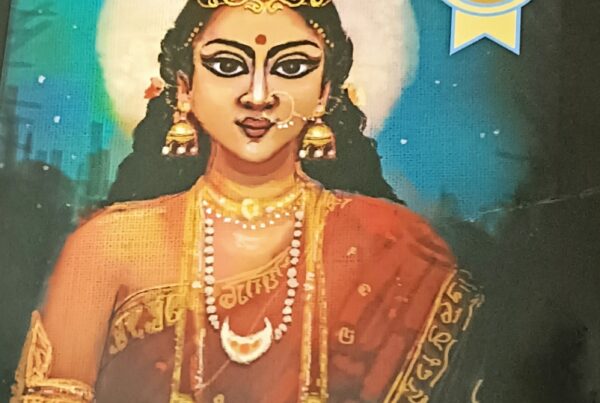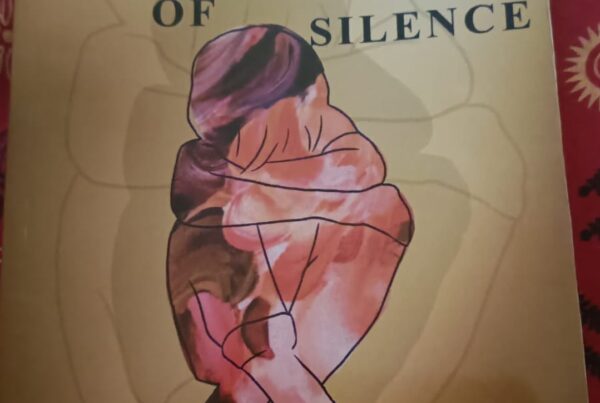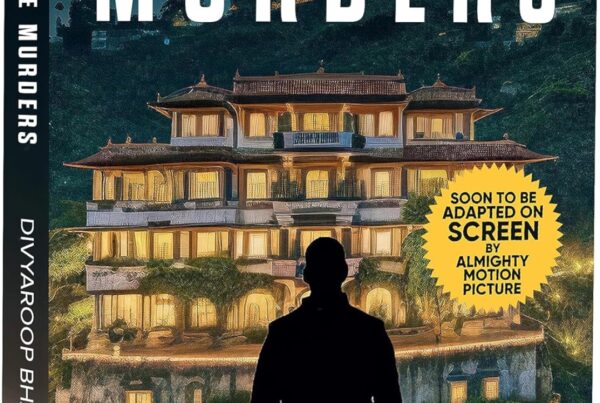Book – Beneath Divided Skies
Author – Natasha Sharma
Publisher – Vishwakarma Publications
Length – 216 pages (all included)
Genre – Historical Fiction (based on true events)
“All wounds bleed blood.”
This universal truth headlines a stirring Dedication to Natasha Sharma’s debut novel, Beneath Divided Skies, a book that seeks to give us an inside view of the horrors of the Partition, and highlights the accompanying stories of hope, love, sacrifice, courage, and most importantly, the triumph of the human spirit.
The plot essays the journey of Satya, a teenage girl from undivided Punjab who lost her entire family to the carnage unleashed by the drawing of the Radcliffe Line in 1947. She then joins a quasi-government unit that rescues abducted and forcibly married women from both India and Pakistan, in a bid to reunite them with their families. This initiative brings her in contact with Prerna, Santosh, Iqbal, Faiz, Ikankar, Amrita and a host of other characters who eventually form lifelong bonds with her.
Through Satya’s eyes, we witness how this life-altering move led to the overnight uprooting of lakhs of Hindu, Sikh and Muslim families, and whipped up an unprecedented wave of hate, mistrust and violence on both sides of the border. But what stood out for me is the way the author has shone a light on the travails faced by the womenfolk, in particular. Innumerable young girls (even pre-teens) were abducted, raped, mutilated, and murdered (or just left to die) by bloodthirsty men seeking revenge for the losses caused by the Partition. History has, time and again, been witness to how women’s bodies have become instruments of revenge and retribution, used by one community, to settle scores with another. The stories of Satya, Santosh, Amrita, Prerna, Preeto, and Gurpreet bear testimony to this horrific misogynistic pattern. Without mincing words, Natasha has described how women were stripped of all dignity and agency, their fates decided by the whims of a nascent republic and its experimental regulations. Choice, consent, purity, honour – terms that were mere rhetoric back then, are questions whose answers remain largely elusive, even now.
Appreciation is due for the meticulous and expansive research Sharma has undertaken to get a convincing ambience – right from the dates, to the historical-political developments, the geographical details, and the cultural nuances. The numerous references to items like the women’s shalwar-kameez, paranda, bangles, phulkari embroidery, the manji, earthen pots, rustic dwellings, noisy marketplaces, the Partition Museum, Iqbal’s kurta-pajama etc help the reader visualise the settings better. The association between Lahore and Lord Luv is, indeed, heartwarming. Similarly, the incidents of hate and horror described here have documented corroboration in the annals of our colonial history. A fifteen-year-old girl sold off to a 78-year-old man for seventeen paisa only; sacksful of severed human limbs; girls hiding in lavatory pits brimming with human excreta; village wells packed to capacity with corpses of women trying to escape their neighbours-turned-predators; parents killing their own daughters to spare them the anguish of being gang-raped — the spine-chilling portrayal of these real-life calamities jolts us out of our cocooned existence and makes us cherish our independent nationhood more than ever before!
Sharma has taken care to flesh out her characters well, imbue them with relatable traits, and draw a complete arc spanning forty years and more. With age and experience, we find a more restrained Satya, a mellowed Iqbal, a self-assured Ikankar and a calmer Santosh. All the main characters seem to have gleaned important life lessons, found purpose in their chosen trajectory, and much-needed closure, in certain cases. The pristine romance between Satya and Iqbal remains one of the highlights for me, mainly because of the depth and tenderness of the unspoken emotions, conveyed so poignantly by the author.
The concepts of ‘sisterhood’ and ‘feminine tribe’ that are so popular in current times, actually hark back to pre-Independence times, as this novel shows us. The resilient women characters in the story traverse a long, chequered journey of pain and peril. This leads them to form a strong, reliable support system – a common pool of strength – for each other, and for others outside their immediate cohort. They hold each other’s hands at their darkest hour, and celebrate together in times of joy.
The narrative uses a conversational language – largely urban and contemporary – that would appeal to all categories of readers. A generous smattering of vernacular terms has added a delightful local flavour. Since the subject is already weighty, an earthy, realistic account helps leaven the gravitas. Having said that, there are instances of beautiful lyrical prose that touch a raw nerve in our heart through their profundity, pathos or sheer beauty. I quote a few instances below:
*Page 44 – the impact of the Radcliffe Line
*Page 90-91 – the exchange between Iqbal and Satya
*Page 105 –Ikankar’s thoughts on the Partition
*Page 110-111 – Satya’s introspection
*Page 179 – Krishnawanti’s account
Natasha has made it evident that grave excesses were committed on both sides of the Radcliffe Line, and has prudently refrained from taking sides or being judgmental. Satya’s internal monologue on pages 110-111 drives home this point very well. The book makes some robust and defining statements on the need to embrace and implement tolerance, empathy, humanitarianism and inclusion, irrespective of one’s faith. This becomes all the more relevant in our present global ecosystem which is plagued by bigotry, prejudice, hate, divisive politics, and military chauvinism. The episode featuring Rajender Kaur and Zainab reinforces our belief in the adage, ‘humanity over everything else.’
If there’s anything I had to nitpick about, it would be the way the publishing house has allowed some editing and proofreading lapses to creep in – tiny tangles in an otherwise seamless tapestry of words.
Beneath Divided Skies takes us back to a world where love flourished amidst friction, hope peeked from behind despair, where help came from the most unlikely Samaritans, and where the peoples of two fledgling nations picked up the shards of their fractured existence and melded them to create an exquisite Kintsugi of life.
Highly recommended for a riveting reading experience!

